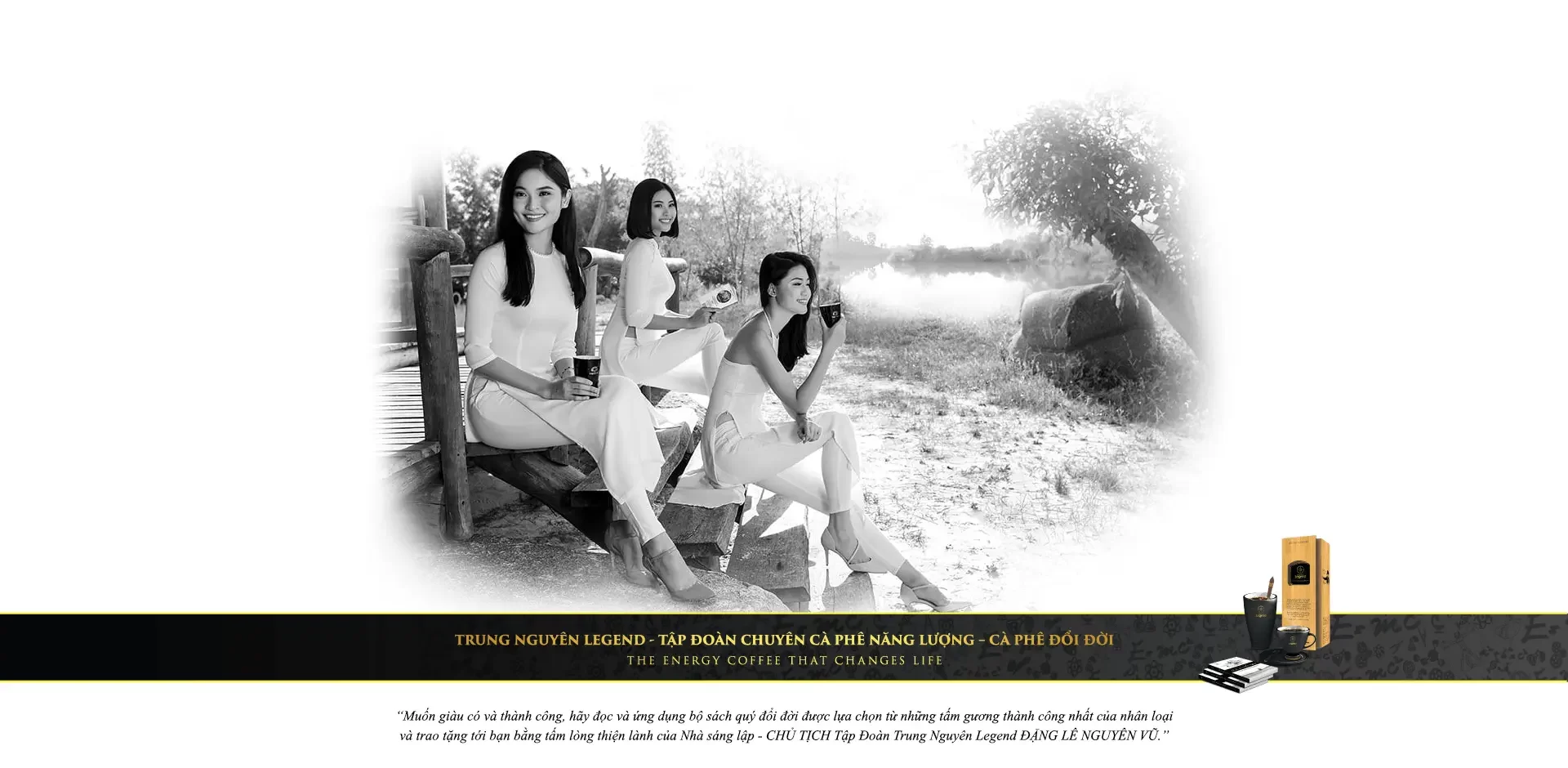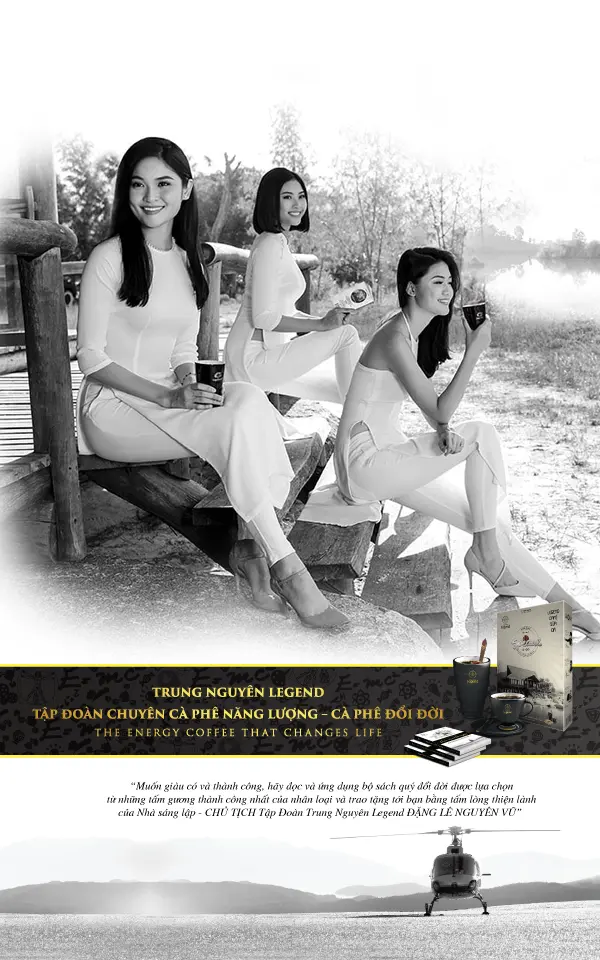Article 13: Coffee Awakened Humanity: Frech Class
The development of coffee society contributed to the formation of Western European nature, starting with the role of “awakening humanity” of coffee and coffee shops.

“Delectare et Prodesse” was the guideline that laid the foundation for the shaping of “Continental Western European coffee culture”
“Delectare et Prodesse” (use and delight) was the guideline that laid the foundation for the shaping of “Continental Western European coffee culture” with the zoning and interaction between three outstanding qualities: “French Class”, “Italian Style” and “Viennese Spirit”.
“Use” (Delectare) is mainly related to the properties of coffee. “Delight” (Prodesse) is basically talking about the ‘Ambience of Coffee’ – the space, time and people that surrounds drinking coffee. In that process, the nature of the drink cannot be separated from the operation and development of the coffee space as well as the thoughts and aspirations of customers.

The historical elements of objects, space, time and people are the linking relationships that constitute the “coffee civilization” of Western Europe at the beginning.
The “French class” in the field of coffee “Delectare et Prodesse” originated in the 18th century. After the revolution that overthrew feudalism in 1789, France became the shining lighthouse of Western Europe. The symbol of France since that time has been the capital, Paris, characterized by cafes that are seen as “places of history and current affairs”.
Starting with the Carrefour de Buci area on the left bank of the Seine and especially the complex of the royal garden of the Royal Palace (Les Jardins Du Palais Royal) was the place of “extraordinary” cafes, magnificent interiors called Mirrored Luxury Coffee (with mirrors on all four sides) for customers to “admire and show off their own image”! This was also the golden age of splendid outdoor cafes (Coffee Pavilion, Coffee Tent).

Outdoor coffee spaces with splendid roofs was the place where the “top society” class showed off their image.
In the first 80 years of the 19th century, there was the coronation of the boulevards on the right bank of the Seine with elegant and luxurious cafes following the modern architecture and decoration, innovated according to the technological revolution. Paris was excitedly looking to the future whose symbols were broad and bright boulevards, intersections built right in the heart of the city.
The expansion of boulevards along with the prevalence of emerging social elements who wanted to assert themselves had also created conditions for the development of two types of cafes: Café Concert and Café Théatre.

Café Concert was the forerunner of the Music Hall in France.
From the 80s of the 19th century to 1914 – the year the first world war broke out – was the golden age of the “Coffee Painting” in Montmartre, the highest area north of Paris. Montmartre was chosen by the painters Van Gogh, Picasso, Toulouse Lautrec, Modigliani, Pisarro… as a place of residence. These artists have organized their own exhibitions at the cafe and gradually turned the Montmartre cafes into the famous cradle of Western European painting art in the early twentieth century.
Since then, Montmartre’s cafes have also attracted poets, turning into “headquarters” of groups collectively known as “Montmartre Poets”, gathered around the magazine “Vers et Proses” (Poetry and Literature) with two famous names, Guillaume Apollinaire and Max Jacob.
* Coming up: Coffee Awakened Humanity: Coffee Space during the “Roaring Twenties”


